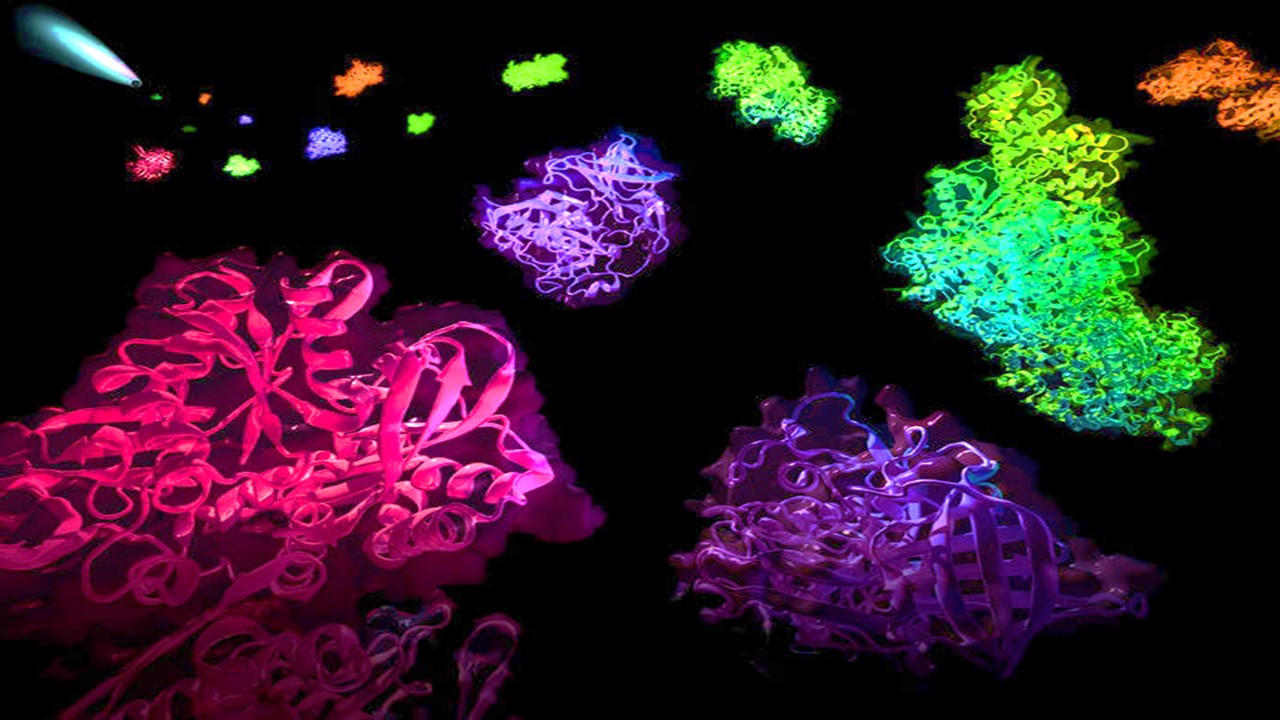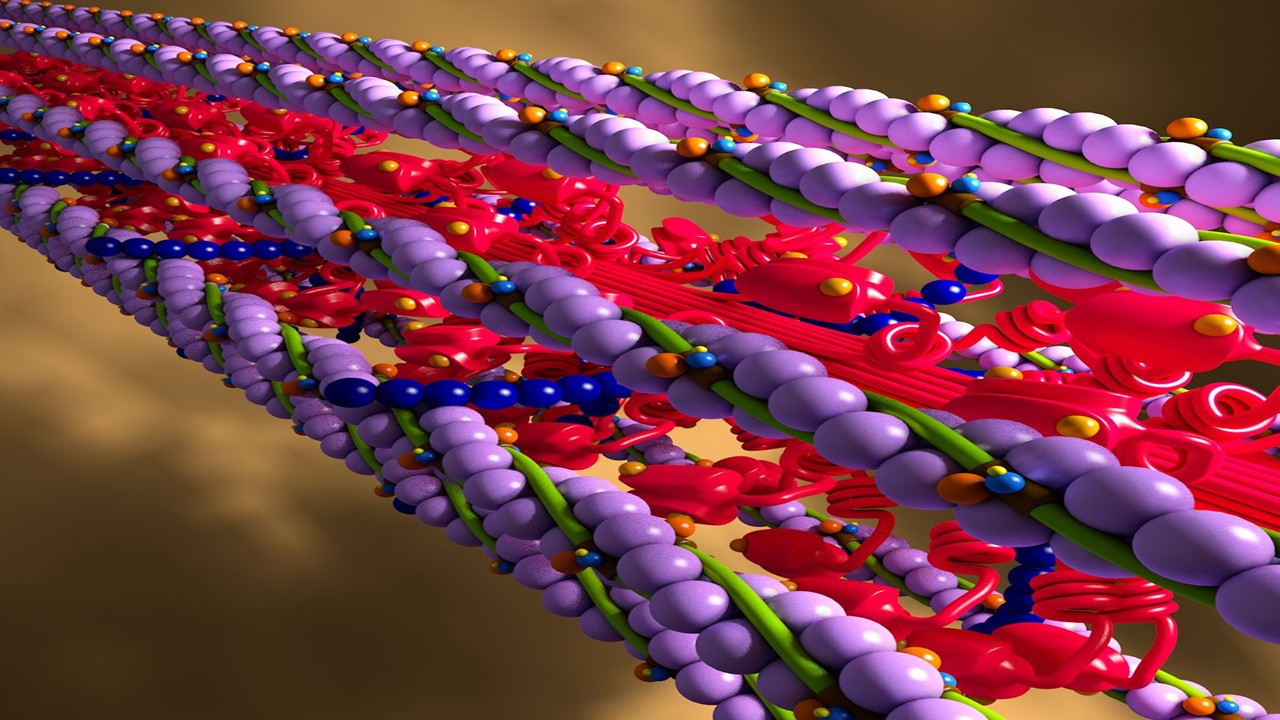Beyond the Genetic Code: The Role of Codon Usage in Protein Biology
For decades, the genetic code was thought to be a simple dictionary of life—each three-letter codon specifying a single amino acid. The redundancy of the code, where multiple codons encode the same amino acid, was presumed to be biologically irrelevant, a mere quirk of evolution. However, emerging evidence suggests that synonymous codon substitutions—mutations that do not alter the amino acid sequence—can have profound consequences on protein structure, function, and even disease.
Recent studies reveal that the selection of codons can influence the rate of protein synthesis, which, in turn, affects how a protein folds during translation. Unlike traditional in vitro refolding experiments, where a fully synthesized protein is forced to find its native structure from a denatured state, in vivo protein folding occurs cotranslationally—as the protein emerges from the ribosome. This process is not merely a passive consequence of translation but is actively shaped by codon choice, with certain codons deliberately slowing translation to provide time for proper folding.
The implications of this discovery are vast. Understanding how synonymous codons modulate folding pathways could revolutionize biopharmaceutical production, improve protein engineering strategies, and provide new insights into genetic diseases caused by synonymous mutations. Yet, despite these advances, the field still lacks a predictive framework for how codon usage dictates folding outcomes—a gap that highlights both the promise and the challenge of this emerging discipline.
The Link Between Codon Usage and Cotranslational Folding
Proteins achieve their function by adopting precise three-dimensional structures, and folding occurs through a complex energy landscape where misfolding and aggregation are constant threats. The dominant paradigm in protein folding, rooted in Anfinsen’s principle, holds that a protein’s amino acid sequence contains all the information necessary for its native structure. If this is true, then why should synonymous codon substitutions, which do not change the primary sequence, have any impact on folding?
The answer lies in translation kinetics. The ribosome does not translate mRNA at a constant speed; instead, elongation rates vary depending on the availability of transfer RNAs (tRNAs) that recognize specific codons. Some synonymous codons are translated rapidly due to abundant tRNA pools, while others are translated slowly, providing a natural pause that can facilitate proper folding. These pauses can allow N-terminal segments to fold before the full protein is synthesized, reducing the risk of misfolding or aggregation.
Experiments on homologous proteins from different organisms have demonstrated that even small changes in translation rate can dramatically alter folding efficiency. For instance, the yeast and bacterial versions of phosphoglycerate kinase share nearly identical structures but fold at vastly different speeds. These differences arise not from their amino acid sequences but from distinct patterns of synonymous codon usage, which modulate their folding pathways.
Moreover, studies of evolutionarily conserved codon patterns suggest that organisms have selectively optimized codon usage to balance speed and accuracy in protein folding. Certain proteins, particularly those with complex folding pathways, exhibit highly non-random distributions of synonymous codons, indicating that codon selection is subject to evolutionary pressures beyond simple translation efficiency.
Why Some Proteins Are More Sensitive to Codon Effects Than Others
Not all proteins are equally affected by codon usage. The impact of synonymous substitutions appears to be most pronounced in proteins with complex topologies, multiple domains, or high kinetic stability. These proteins often require precise folding intermediates, and their folding pathways can be disrupted if translation proceeds too quickly or too slowly.
One striking example comes from multimeric proteins, which must not only fold correctly but also assemble with other subunits. If one subunit is synthesized too quickly relative to another, premature assembly can lead to nonfunctional or aggregated states. Cotranslational assembly ensures that subunits fold and interact in a coordinated manner, a process that appears to be regulated in part by codon usage.
Similarly, proteins that fold via high-energy barriers—where the native structure is separated from unfolded or misfolded states by significant kinetic barriers—are particularly susceptible to disruptions in cotranslational folding. These proteins often fold only once in their lifetime, meaning that errors during the pioneer round of folding can have permanent functional consequences. The presence of conserved codon usage patterns in such proteins suggests that evolution has fine-tuned their translation kinetics to optimize structural integrity and cellular function.
Synonymous Mutations and Disease: A Silent but Significant Threat
The realization that synonymous mutations can influence protein structure has profound implications for human disease. Traditionally, synonymous mutations have been regarded as neutral in genetic studies, often ignored in genome-wide association analyses. However, mounting evidence suggests that some synonymous mutations can cause or exacerbate disease by disrupting cotranslational folding.
One of the most well-known cases is cystic fibrosis (CF), caused by mutations in the CFTR gene. While most CF mutations involve amino acid substitutions, a synonymous mutation affecting isoleucine 507 (I507) has been found to slow translation by altering mRNA structure. This delay disrupts the folding of a crucial domain in CFTR, ultimately leading to its misfolding and degradation. Remarkably, restoring the original synonymous codon rescues CFTR function, demonstrating that codon-mediated translation kinetics can be as important as amino acid sequence in determining protein stability.
Similar effects have been observed in cancer, where synonymous mutations can subtly alter the folding and activity of tumor suppressors or oncogenic proteins. For instance, synonymous mutations in the p53 tumor suppressor have been linked to altered protein stability and function, contributing to cancer progression. These findings underscore the need for re-evaluating how genetic variants are interpreted in disease studies, as seemingly benign synonymous mutations may have far-reaching effects on cellular health.
Implications for Synthetic Biology and Drug Development
Understanding the impact of codon usage is not just an academic exercise—it has practical applications in biopharmaceutical production, synthetic biology, and personalized medicine. Many therapeutic proteins, including monoclonal antibodies and enzymes, are produced in heterologous systems such as E. coli or mammalian cell cultures. However, these host organisms often do not share the same codon biases as the native species, leading to translation speeds that can disrupt proper folding.
Codon optimization strategies—where codons are altered to match the preferred usage of the expression host—have been widely employed to increase protein yield. However, a growing body of evidence suggests that blindly optimizing for translation speed can lead to misfolding. Instead, a more nuanced approach, known as codon harmonization, seeks to preserve the natural translation kinetics of the original organism, balancing expression levels with folding efficiency.
Moreover, the ability to rationally engineer translation speed through codon choice offers exciting possibilities for controlling protein function. By strategically placing slow-translating codons, researchers could design proteins with enhanced stability, reduced aggregation propensity, or improved enzymatic activity. This approach could be particularly valuable for gene therapy, where codon selection might help ensure that therapeutic proteins fold correctly inside human cells.
The Future of Codon-Driven Protein Folding Research
Despite the exciting progress in understanding how codon usage shapes protein folding, significant challenges remain. The direct observation of cotranslational folding events remains difficult due to their rapid timescales and transient nature. Current experimental methods, such as ribosome profiling and fluorescence-based folding assays, provide valuable insights but lack the resolution needed to capture real-time folding dynamics.
Another major challenge is the lack of a predictive model for how synonymous codons influence folding pathways. While machine learning algorithms have made great strides in predicting static protein structures, they still struggle to model the dynamic process of folding, particularly when translation kinetics are factored in. Developing integrated models that combine ribosome dynamics, folding energy landscapes, and evolutionary constraints will be crucial for fully understanding codon-mediated regulation of protein folding.
As the field advances, it is becoming clear that synonymous codons are far more than just interchangeable symbols in the genetic code. They are an integral part of nature’s strategy for ensuring protein fidelity, shaping the delicate balance between speed, accuracy, and function. By decoding the hidden messages embedded in codon usage, scientists are poised to unlock new frontiers in molecular biology, medicine, and biotechnology—one silent mutation at a time.
Study DOI: https://doi.org/10.1146/annurev-biophys-030722-020555
Engr. Dex Marco Tiu Guibelondo, B.Sc. Pharm, R.Ph., B.Sc. CpE
Subscribe
to get our
LATEST NEWS
Related Posts

Medicinal Chemistry & Pharmacology
Invisible Couriers: How Lab-on-Chip Technologies Are Rewriting the Future of Disease Diagnosis
The shift from benchtop Western blots to on-chip, real-time protein detection represents more than just technical progress—it is a shift in epistemology.

Medicinal Chemistry & Pharmacology
Designing Better Sugar Stoppers: Engineering Selective α-Glucosidase Inhibitors via Fragment-Based Dynamic Chemistry
One of the most pressing challenges in anti-diabetic therapy is reducing the unpleasant and often debilitating gastrointestinal side effects that accompany α-amylase inhibition.

Medicinal Chemistry & Pharmacology
Into the Genomic Unknown: The Hunt for Drug Targets in the Human Proteome’s Blind Spots
The proteomic darkness is not empty. It is rich with uncharacterized function, latent therapeutic potential, and untapped biological narratives.

Medicinal Chemistry & Pharmacology
Aerogel Pharmaceutics Reimagined: How Chitosan-Based Aerogels and Hybrid Computational Models Are Reshaping Nasal Drug Delivery Systems
Simulating with precision and formulating with insight, the future of pharmacology becomes not just predictive but programmable, one cell at a time.
Read More Articles
Myosin’s Molecular Toggle: How Dimerization of the Globular Tail Domain Controls the Motor Function of Myo5a
Myo5a exists in either an inhibited, triangulated rest or an extended, motile activation, each conformation dictated by the interplay between the GTD and its surroundings.












